Method Development
Master HPLC method development with expert training on optimizing separations. Learn to select the best mobile phase, column chemistry, and detection methods for accurate, reproducible results. Understand key parameters like retention time, resolution, selectivity, and efficiency to refine your methods. Explore gradient vs. isocratic elution, pH control, buffer selection, and sample preparation for peak performance. Our interactive courses include video tutorials, real-world case studies, and troubleshooting guidance to help you develop robust, reliable methods.
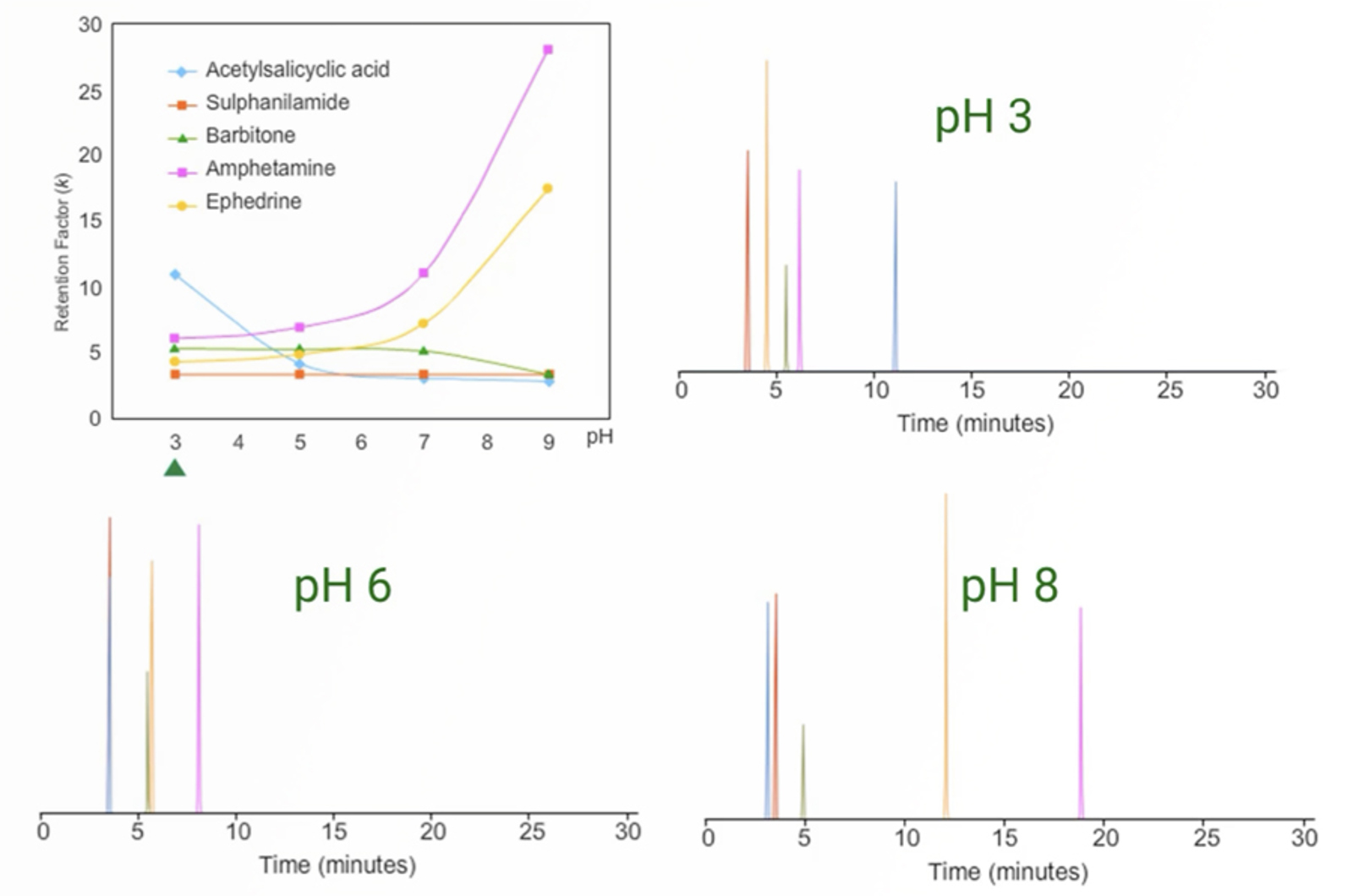
Developing Better HPLC (MS) Methods
In this webcast we will set out guidelines for chromatographic parameters such as retention, resolution, and efficiency that can be used to improve your HPLC methods prior to method validation. We will explain how mobile phase design and instrument parameters can be used to achieve improvements in method robustness and what to look for when a method is failing. Practical tips for sample and eluent preparation, and the correct detector settings to use will also be discussed. Our speakers will look at the major factors that affect chromatographic robustness to give you the tools to develop better methods that will give consistent, reproducible chromatography.
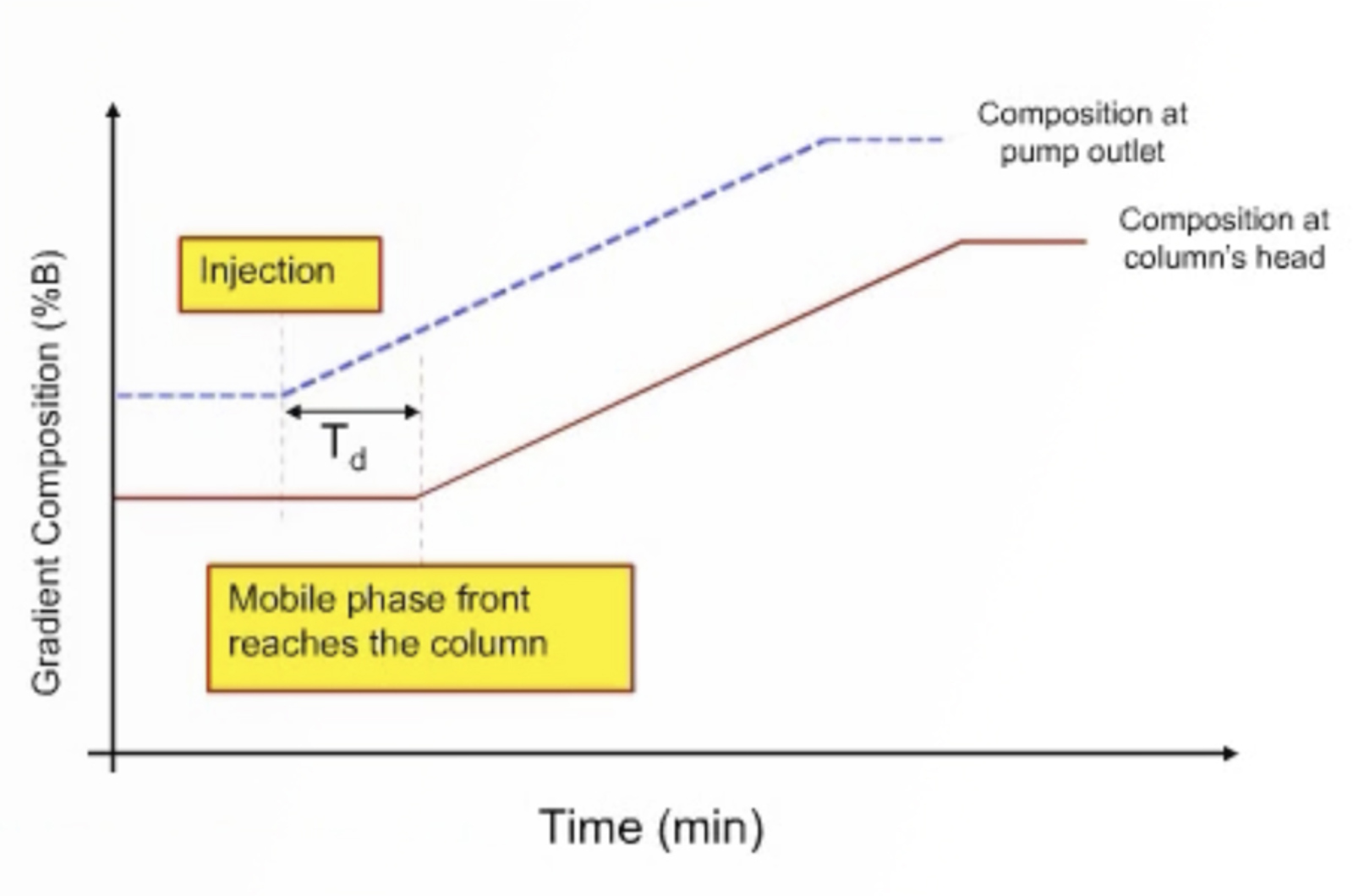
Translating and Transferring HPLC Methods
This webcast presents an informative session on method translation and transfer in HPLC. In this session, our speakers present a definitive guide on everything that one would need to consider for translating and transferring HPLC methods. The session includes in-depth consideration of the hardware and data acquisition requirements for simple method transfer or translation to different column/particle size and morphology. We present many worked examples of calculations, approaches and pitfalls associated with method scaling, and transfer and include up to date concepts such as frictional heating and pressure based selectivity to ensure you are fully up to date in this subject area.
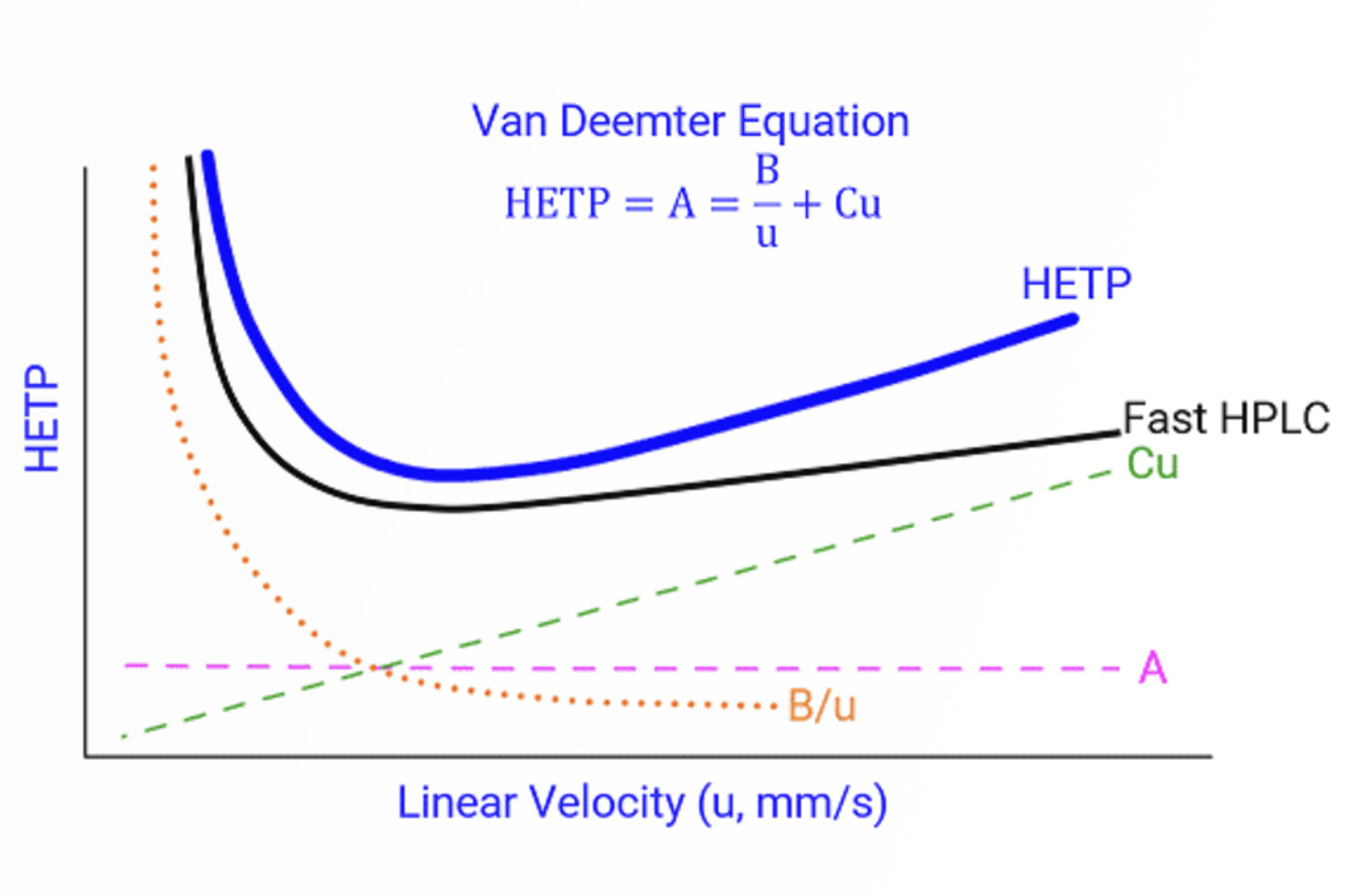
Fast HPLC
The aim of this module is to introduce a variety of methods to speed up HPLC separations, and highlight the limitations of these methods. The fundamental approaches of speeding up HPLC will be explained. We will also investigate the balance between speed and resolution.
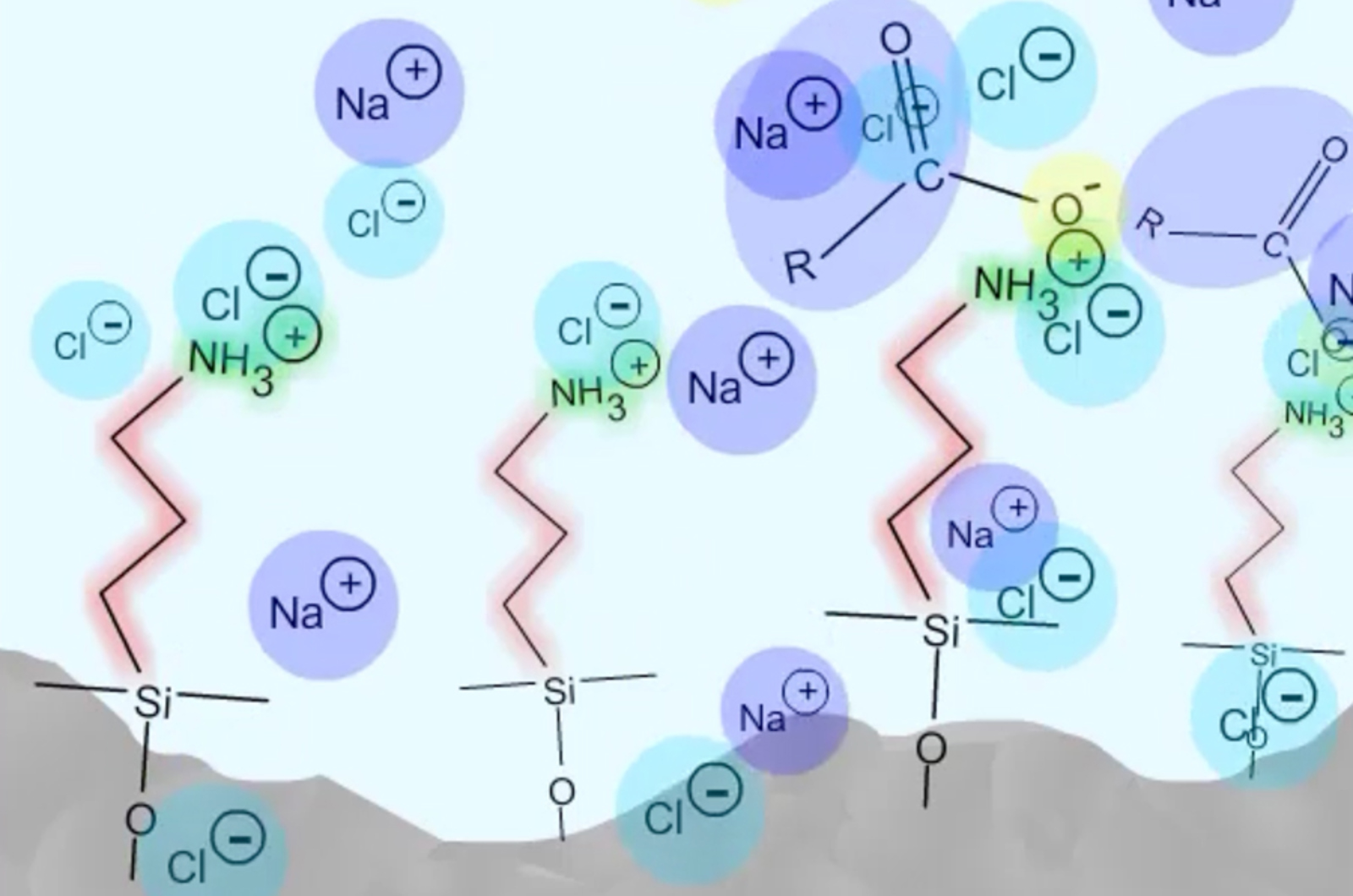
HPLC Method Confusion
Following a published method is great when it works, however, what happens when the chromatography fails and you don’t understand why there are certain components in the mobile phase? This quick guide provides an answer to just this question.
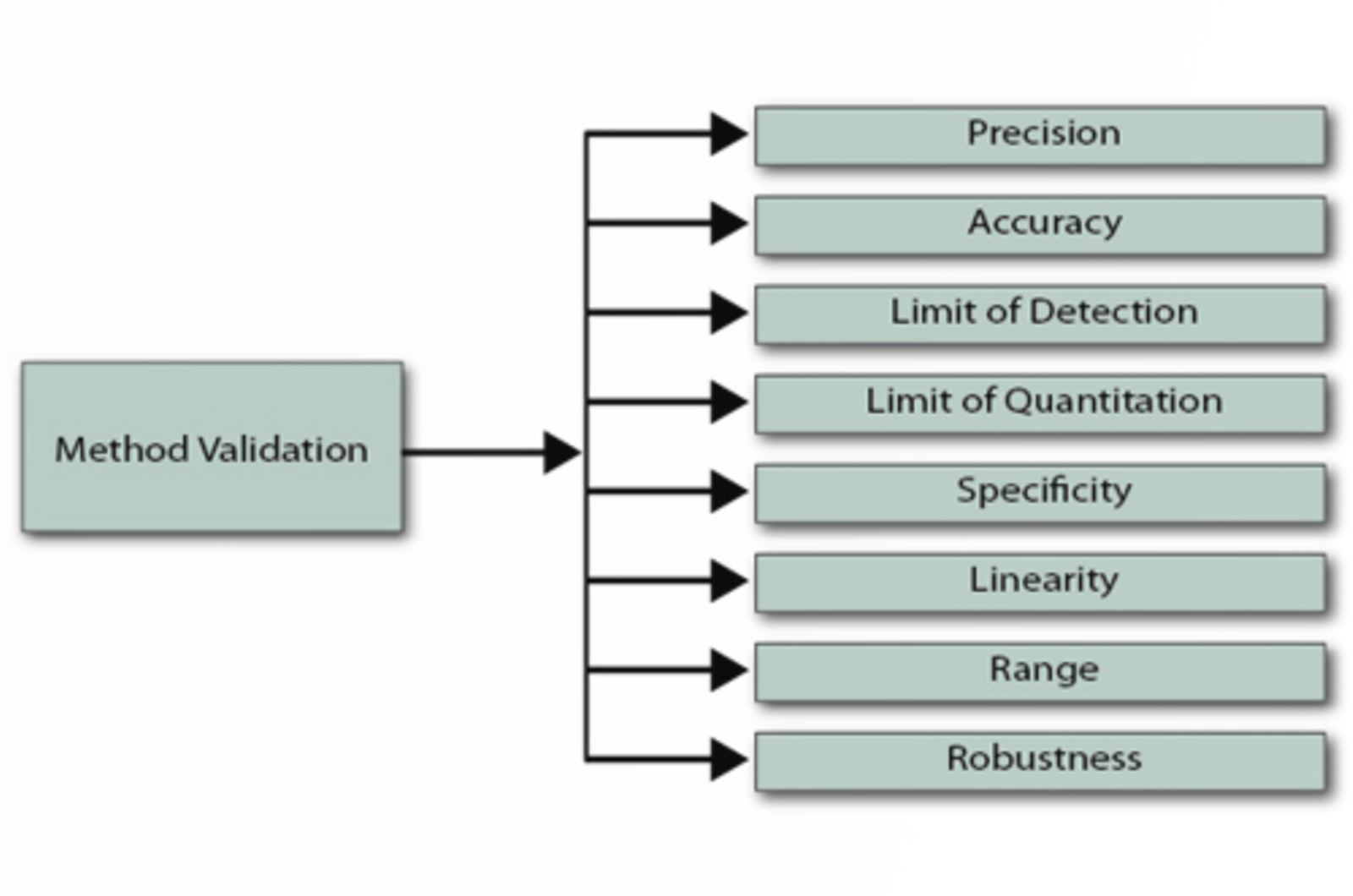
Is the Art of HPLC Method Development Dead?
This quick guide focuses on the finer points of HPLC method development that we may not always consider. There are certainly some tips to pick and and concepts to make you think.
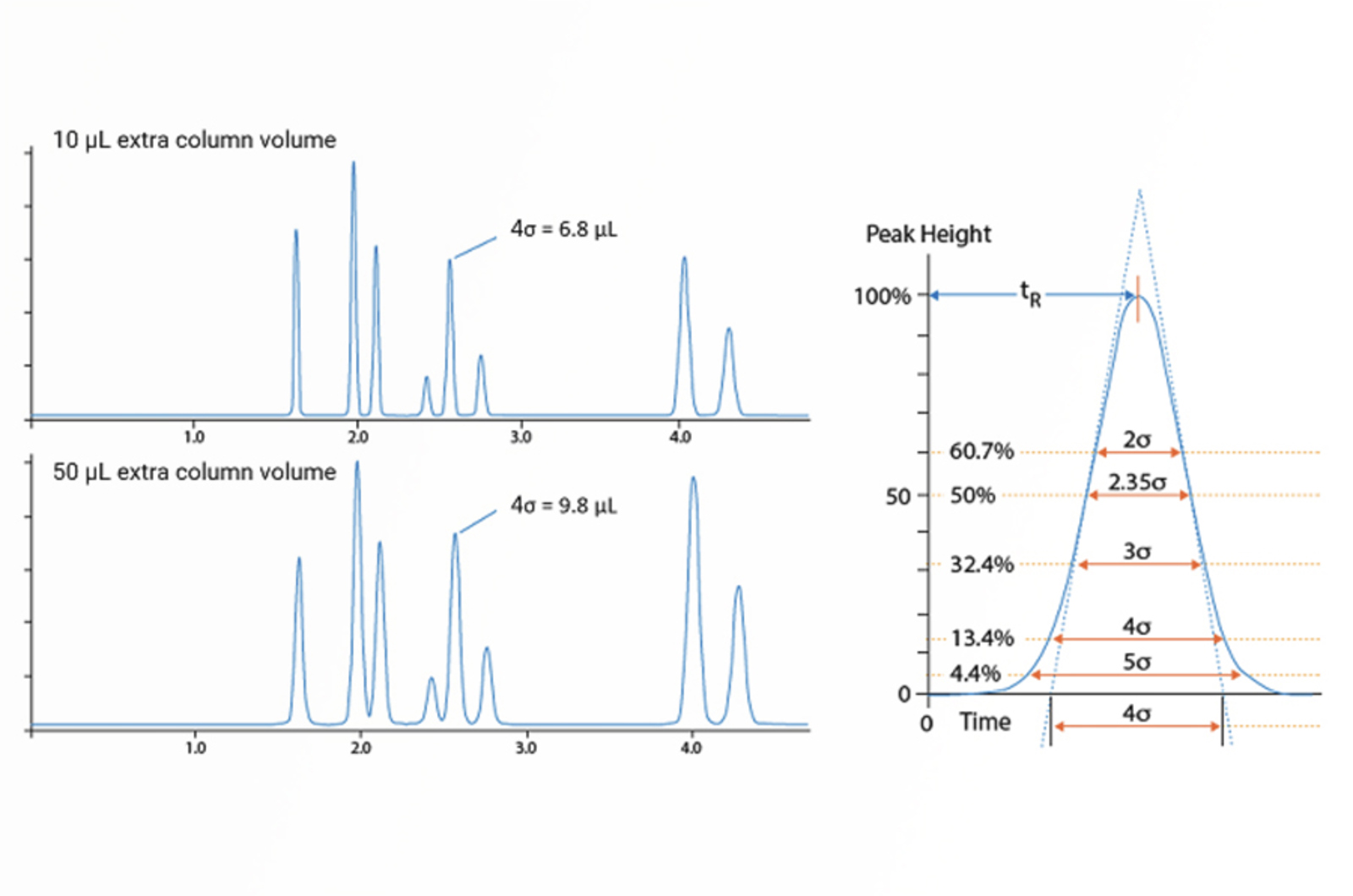
How U is Your UHPLC?
There are several parameters associated with both the chromatographic method and the system hardware that need to be considered when switching to UHPLC. This article will give you some practical tips to make sure your UHPLC is as U as possible and that you are getting the best possible chromatography.
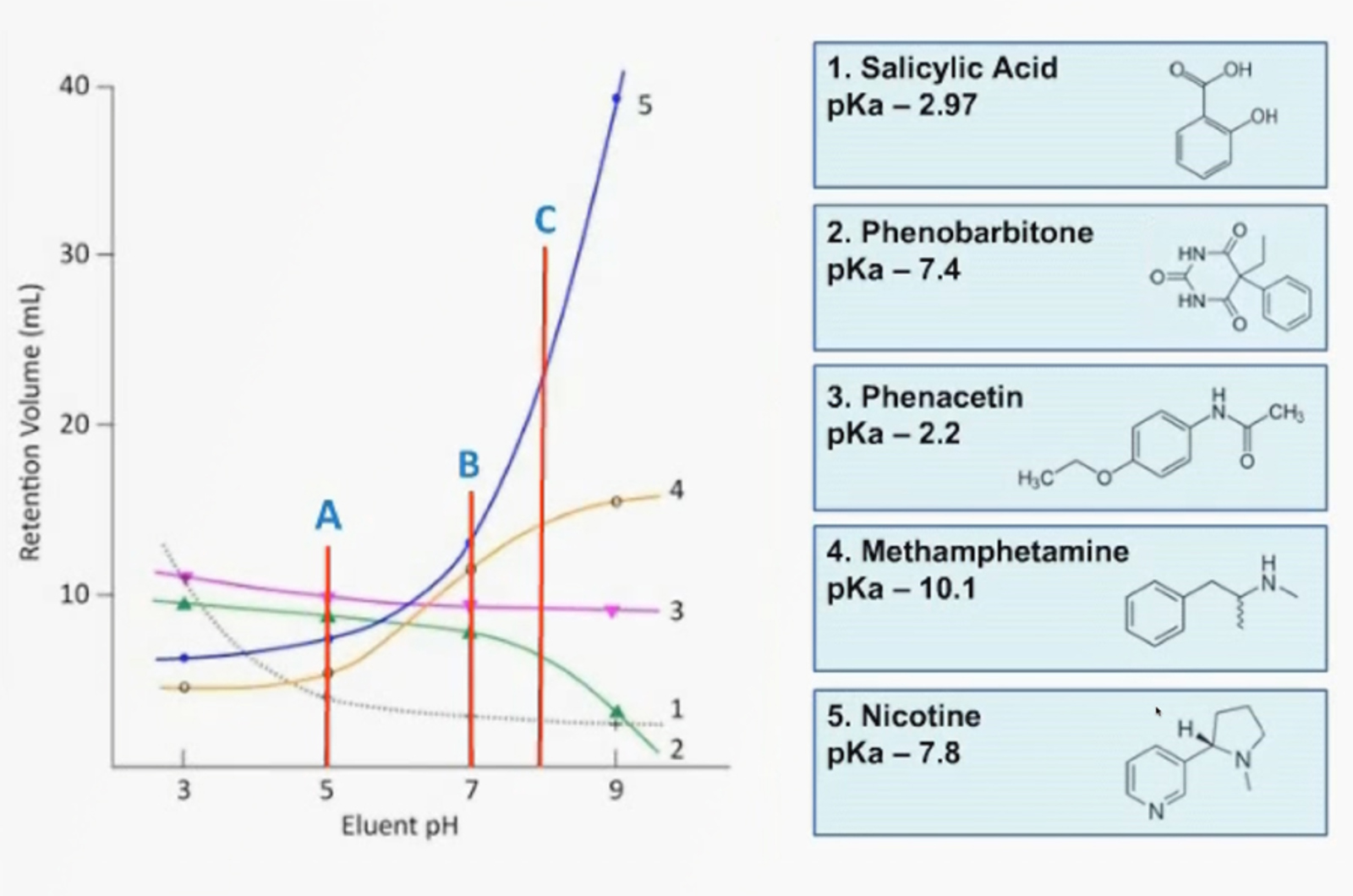
Developing Better Methods for Reversed Phase HPLC
This webcast will provide logical optimization strategies for investigating and optimizing selectivity and resolution in reversed phase HPLC.
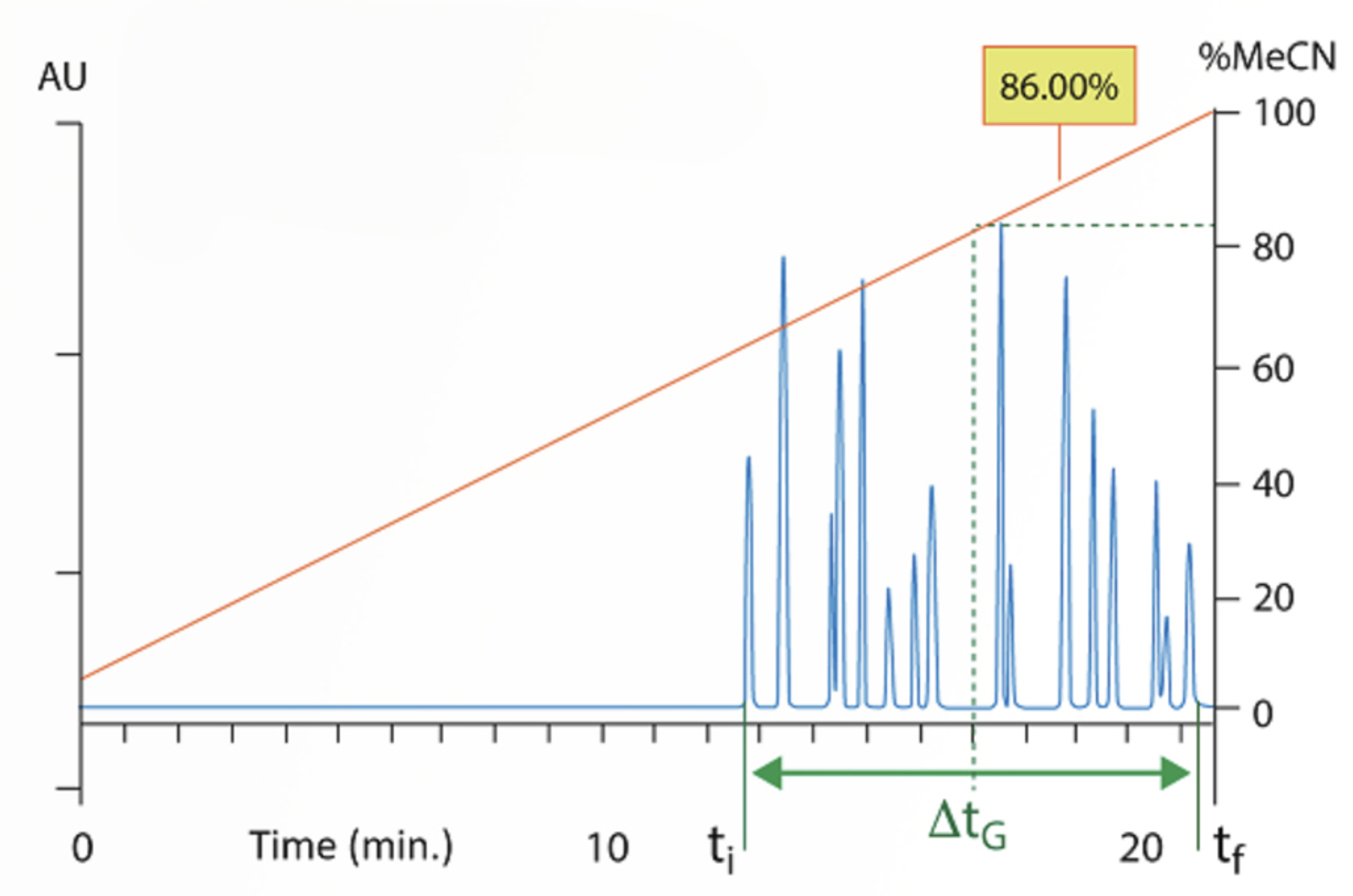
Three Quick Tips to Improve HPLC Method Development
The aim for any HPLC method is to achieve the optimum resolution in the minimum amount of time. This will allow the best data to be gathered for the analysis as well as keeping running costs and analysis time low. In order to achieve this, chromatographers need to be able to rapidly design methods through an understanding of the fundamentals of HPLC. These three top tips should provide a great starting point for any method.
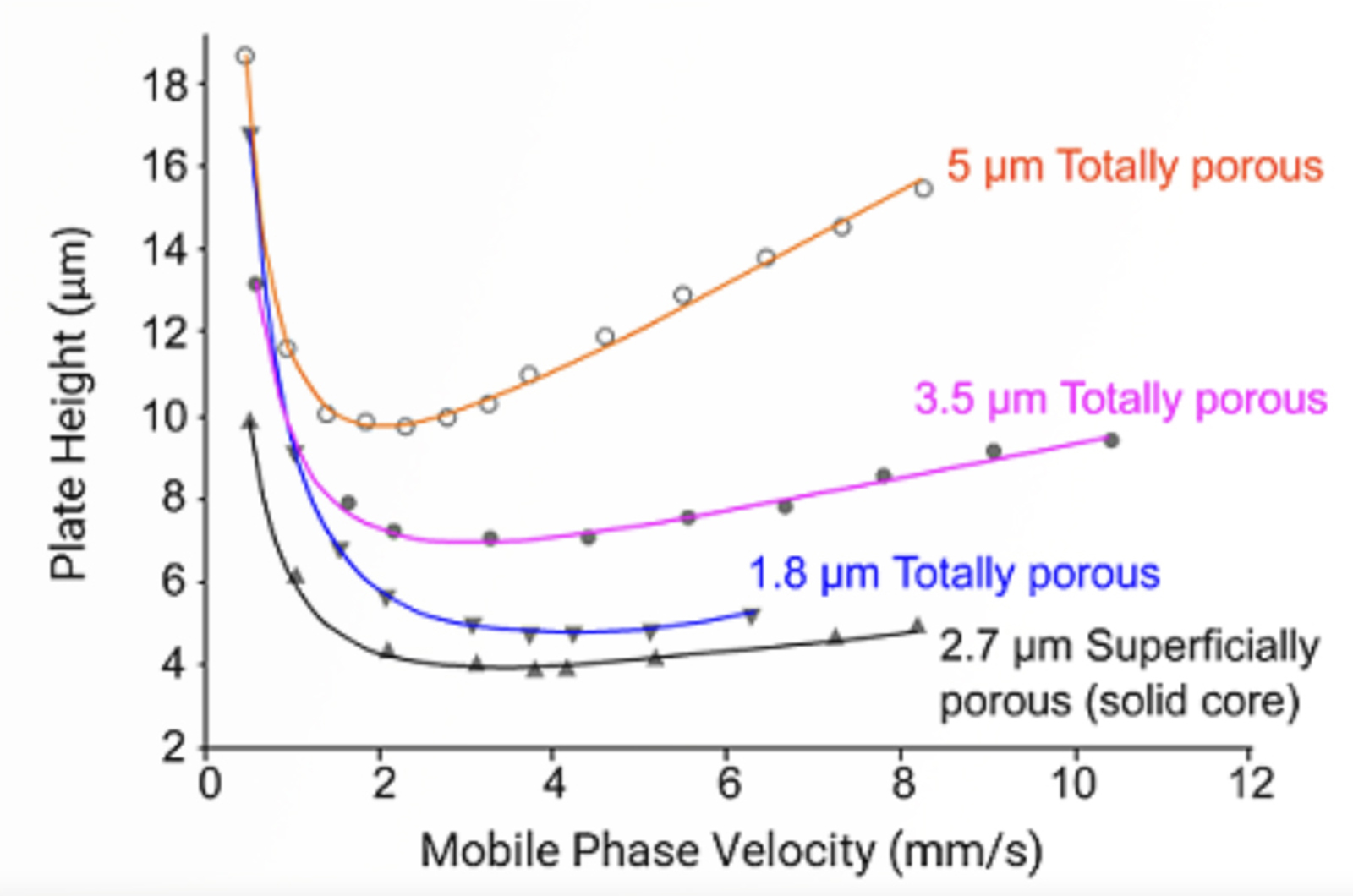
You Need a Fancy System to Run Fast HPLC – Or Do You?
Fast HPLC is where we obtain the same (or better) separation, but with a shorter runtime. This is obtained simply by exploiting certain parameters (the column particle size, internal diameter, length and particle morphology) to increase the efficiency of the separation. If the column and conditions are more efficient we can do the same job in less time. This quick guide looks at the practical implementation of fast HPLC on standard HPLC equipment.

Speeding Up Your HPLC
There are a few modifications which can be easily made, to both the HPLC system and column, which will achieve the desired goal of reduced analysis time. This article will provide some tips and tricks as well as detailing the theory behind the chromatography.
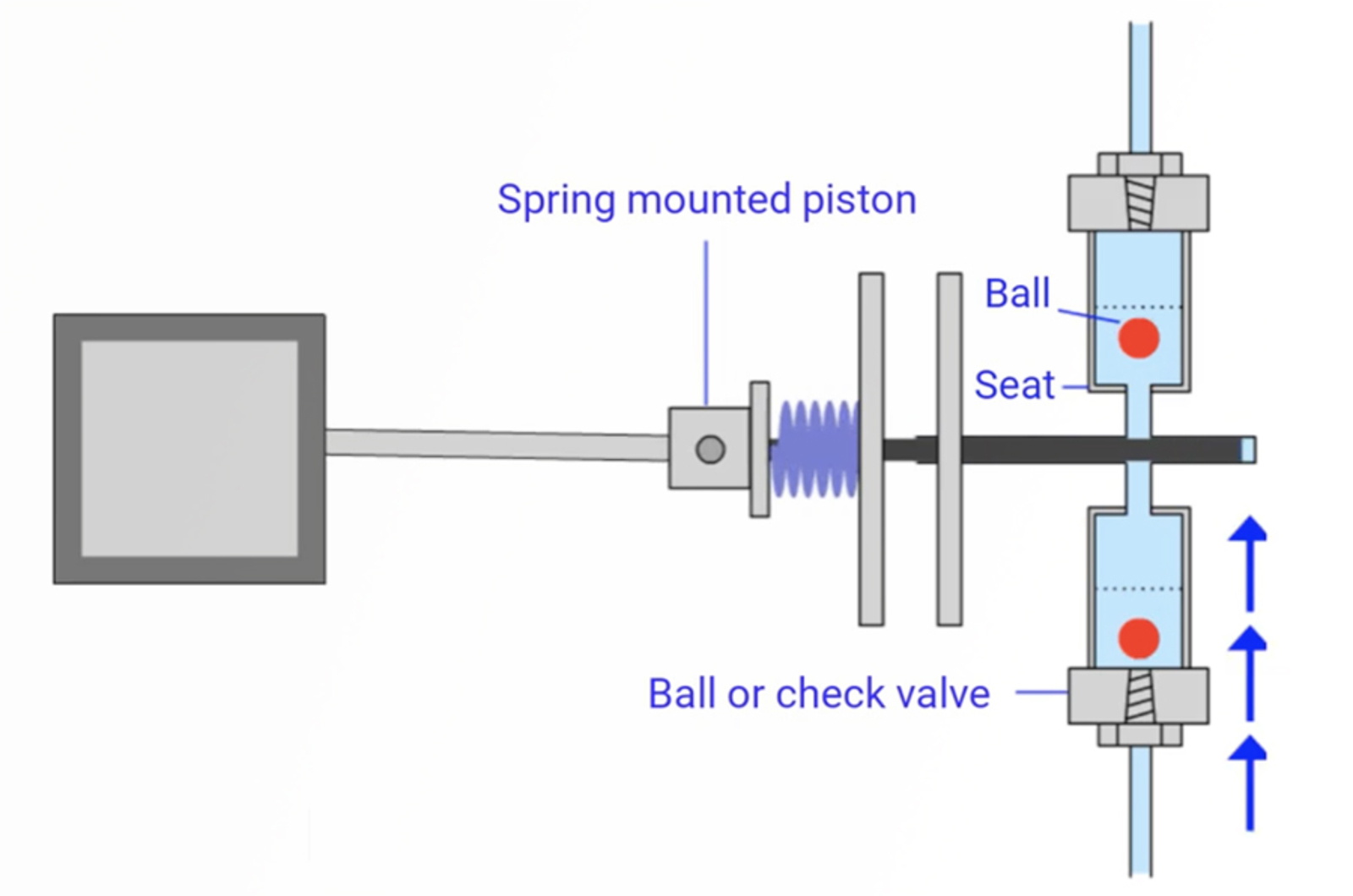
HPLC Method Development Video Training Course
This course considers the wide array of choices available to method developers and teaches a refined and logical approach to method development. The fundamental theory of various chromatographic modes is considered to aid understanding of the cause/effect relationships which is required to properly develop and optimize methods in the chosen mode.
Accredited by 
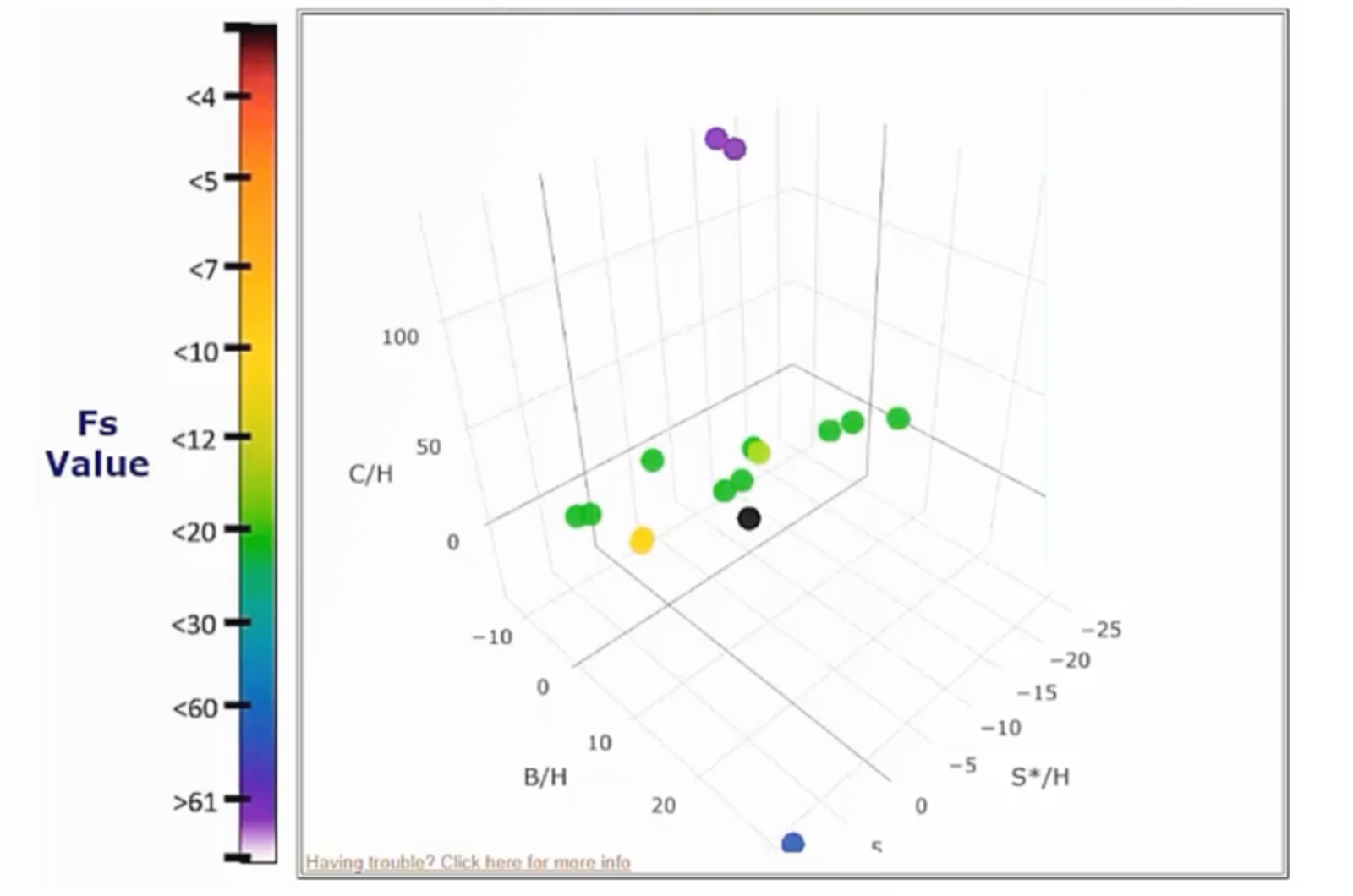
CHROMtalks - The Selectivity Landscape in Reversed-Phase LC - Using Selectivity Models to Find Columns that Are Similar, or Different
In this presentation, we will discuss the Hydrophobic Subtraction Model (HSM) of RP selectivity that can be used as a tool to guide this selection process. We will briefly review fundamental aspects of the model and the evolution of the free, public database of column characteristics over the past 20 years.
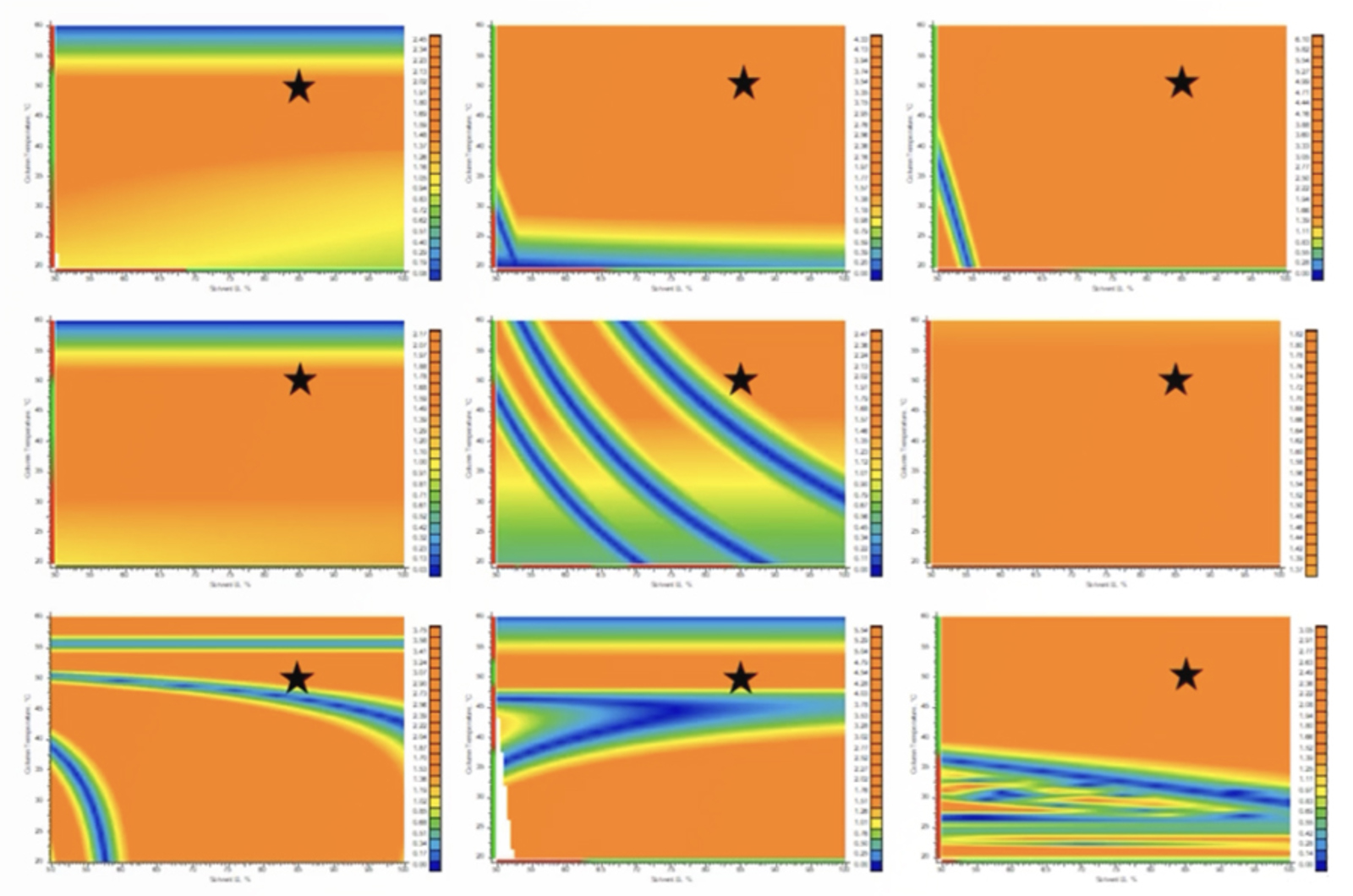
CHROMtalks - A Generic Methodology for Streamlined Performance Monitoring of a Wide Range of Reversed Phase UHPLC Columns Over Time
In this presentation, we introduce a single set of probe molecules that can be used for this purpose. The probe set and chromatographic conditions, which are useful for monitoring a wide range of column chemistries, temperatures, and pH conditions, were discovered via software-based retention. The approach has been applied to monitor the performance and stability of multiple columns using an automated ultrahigh-pressure liquid chromatography (UHPLC) screening system, thus illustrating its practicality and effectiveness.
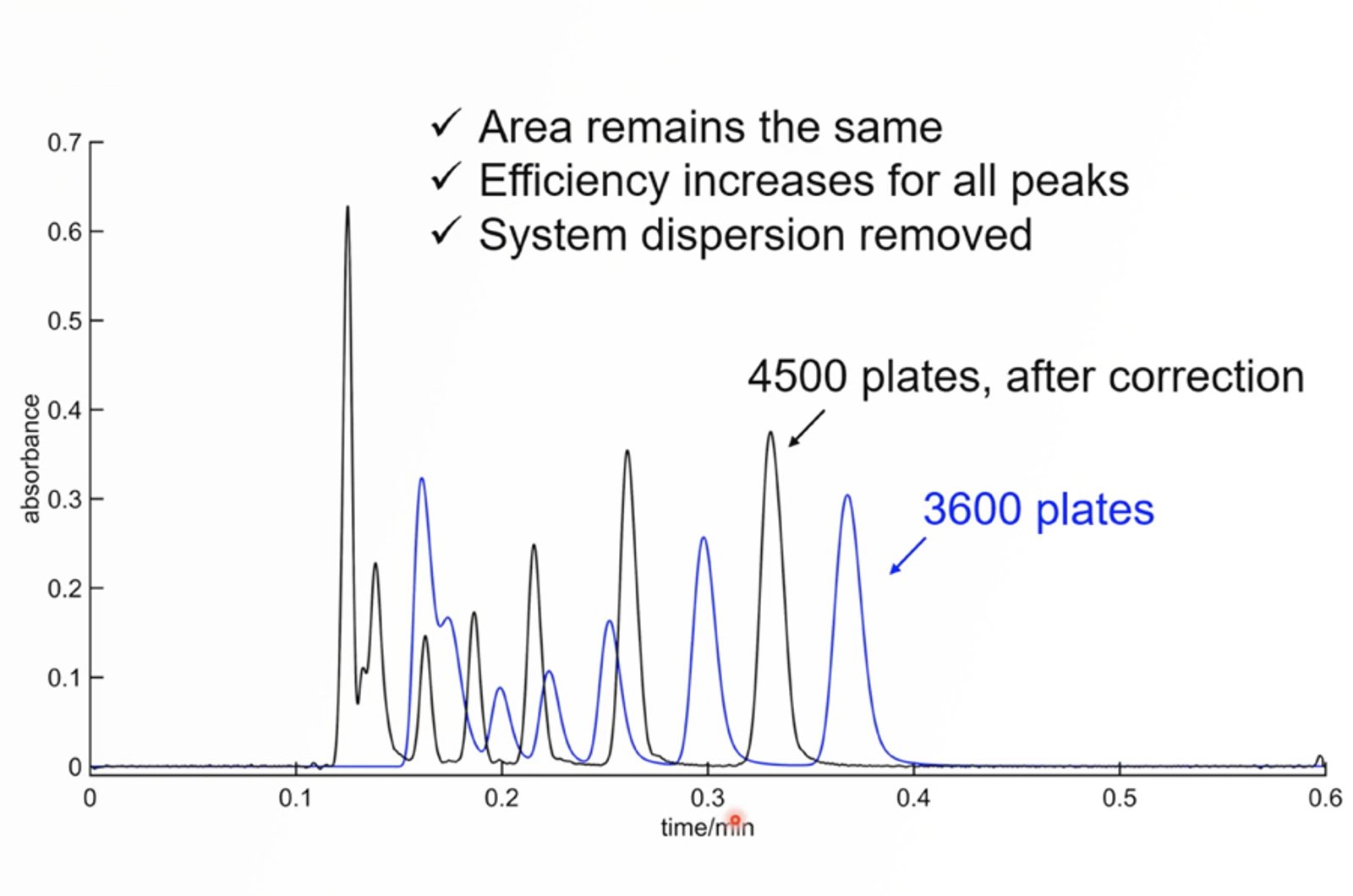
CHROMtalks - Beyond the HPLC Column: Understanding Non-Column Factors That Influence Peak Widths and Shapes in High-Efficiency Separations
Through simulated and real examples, this discussion will also focus on the conceptual understanding of sampling rates, response times, and various denoising processes used in commercial liquid chromatographs. These factors can become significant in low signal-to-noise ratio environments.
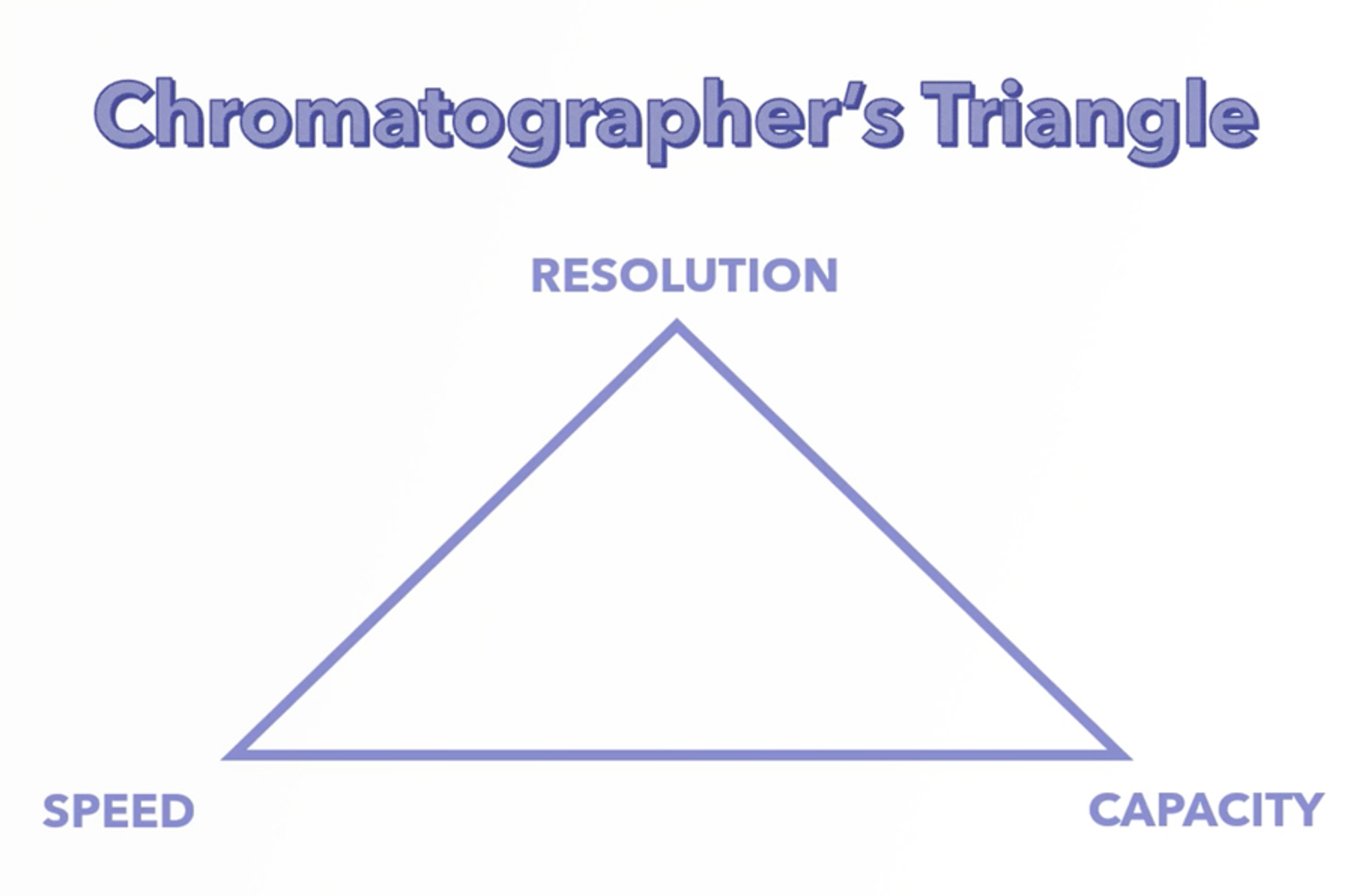
CHROMtalks - A Simple Approach to LC Method Development
This presentation will discuss some of the fundamental parameters of your solutes of interest that can help determine the best starting points to affect a desirable separation with adequate resolution. Aligning these starting points of a separation with the goal for the long-term use of the analysis, the next steps are straight forward.
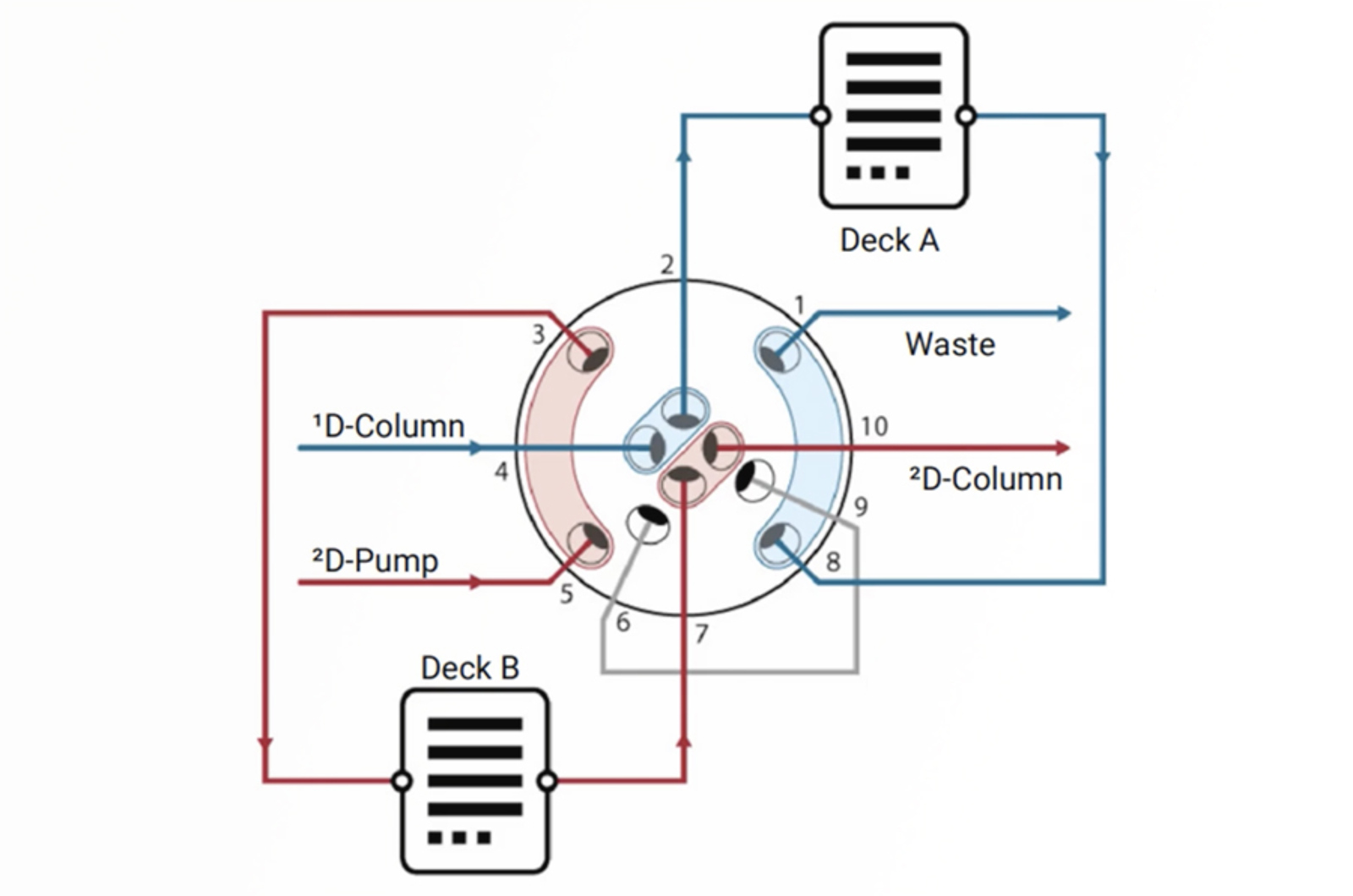
CHROMtalks - (More) Steps Toward Easier Method Development for Two-Dimensional Liquid Chromatography
Anyone who has ever developed an HPLC method from scratch knows that a lot of time can be spent making changes along the way as a result of trial-and-error-based decision making. This can include, but is not limited to, choosing columns, mobile phases, and operating conditions. In this presentation we will review and discuss results that are moving the chromatography community in the direction of easier method development for 2D-LC.
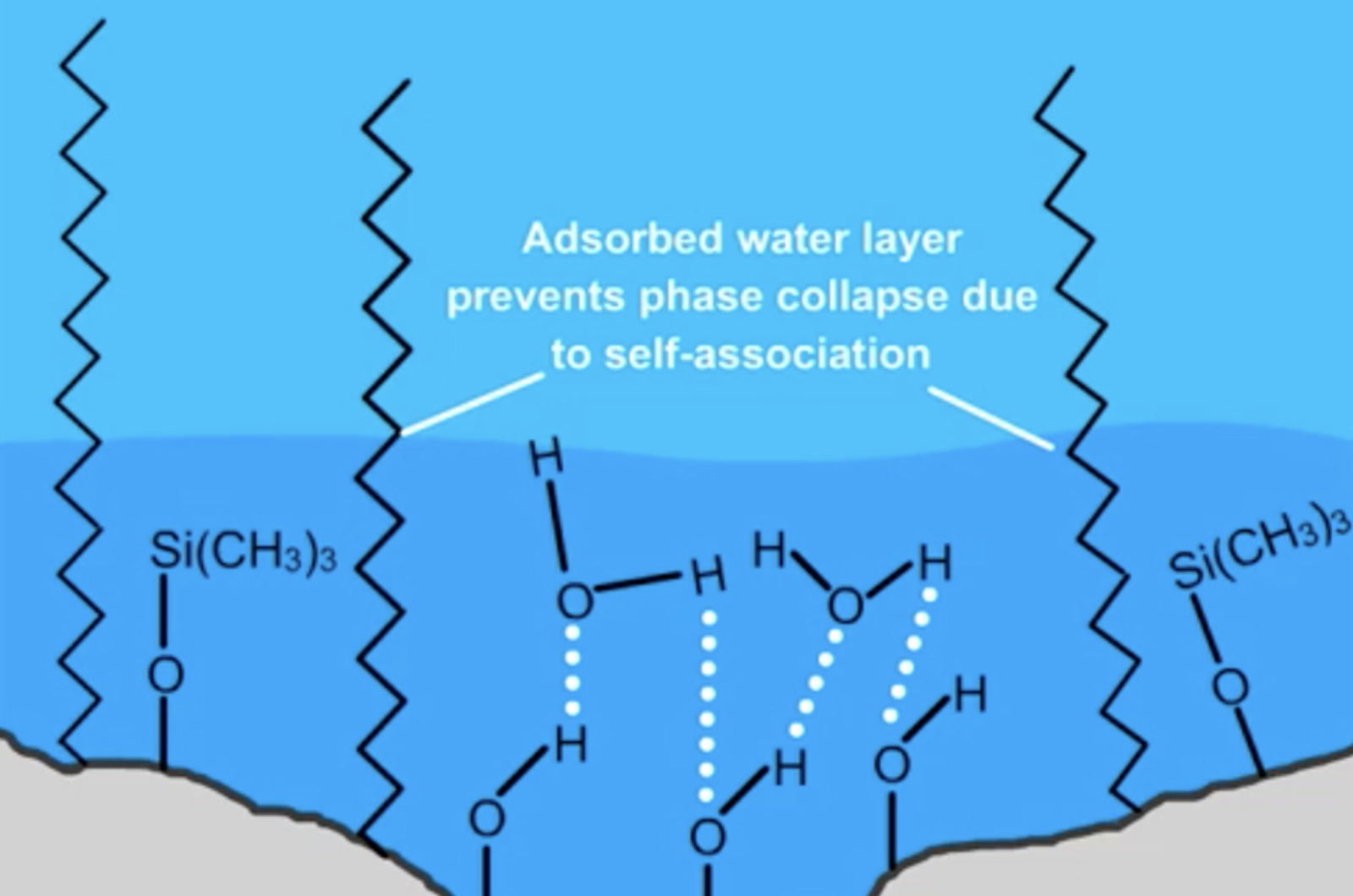
I Only Ever Need C18 for Reversed Phase Chromatography Don’t I?
We’re probably all guilty at some point of starting all new method development projects with our favourite and most trusted C18 column installed on the system. Whilst are old favourite C18 may perform an adequate job it may lead to a lot more work during method development or a method that it is non-optimal.
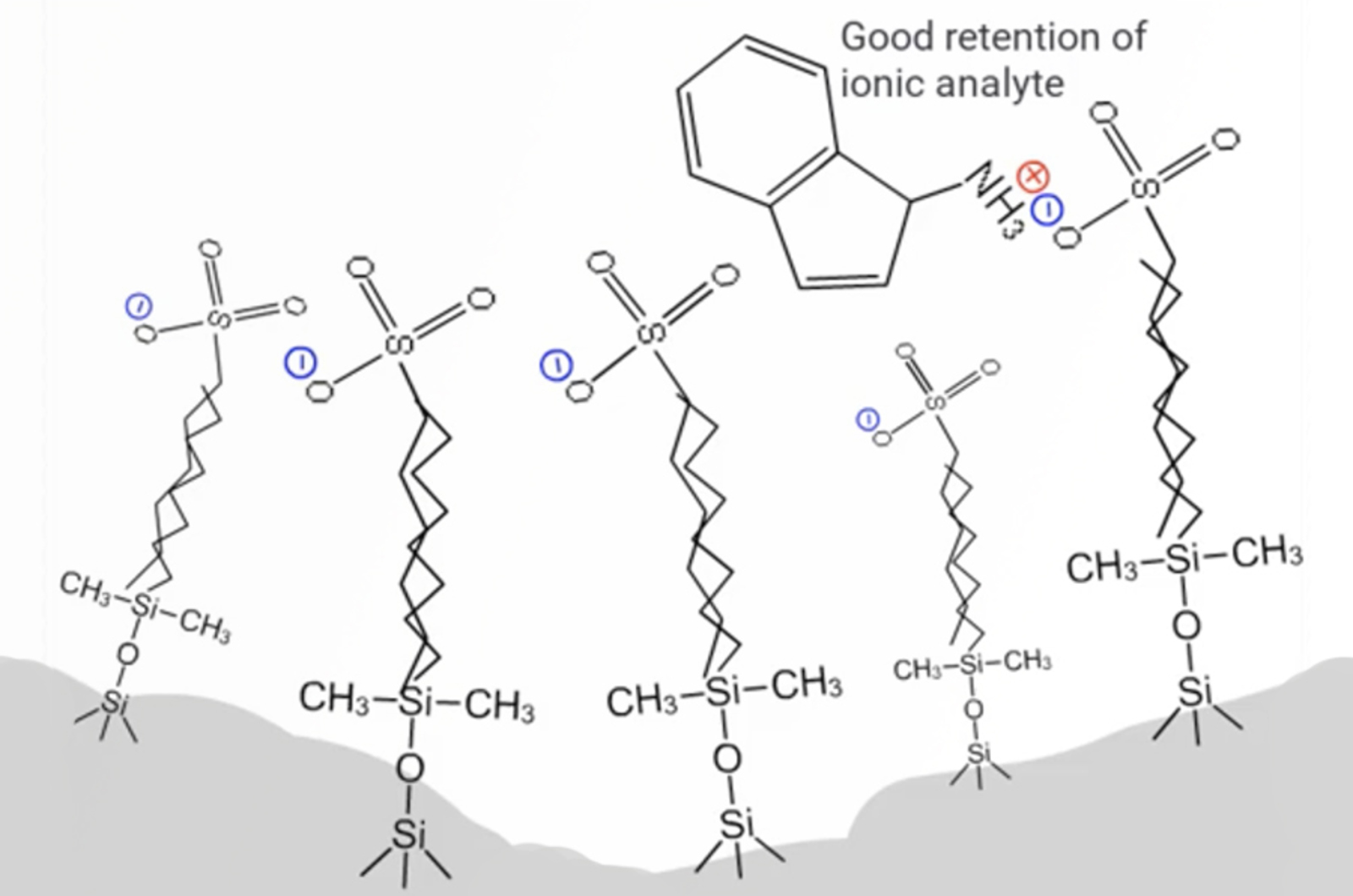
Critical Evaluation of HPLC Methods
A recent chromacademy webcast looked at the critical evaluation of HPLC methods. This involves examining every facet of the HPLC method, deciding what impact it has on chromatography, and altering these parameters to provide the desired chromatographic results. Our viewers posed some interesting questions during the live Q&A segment of this webcast, so we wanted to share some of them here with you to hopefully encourage some critical evaluation of your own methods.
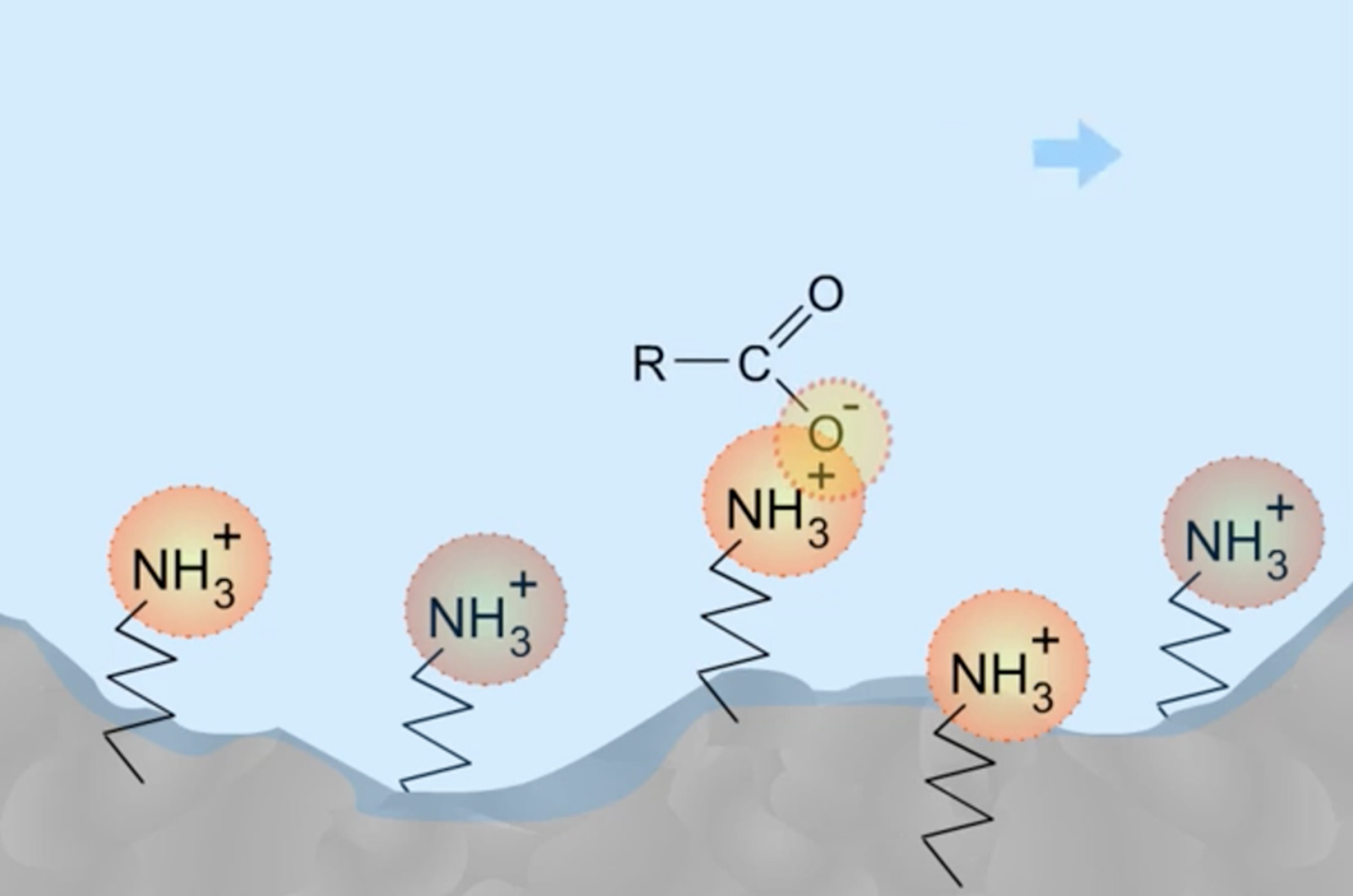
How to Choose an HPLC Column
Here we share some great general hints and tips for HPLC column selection.
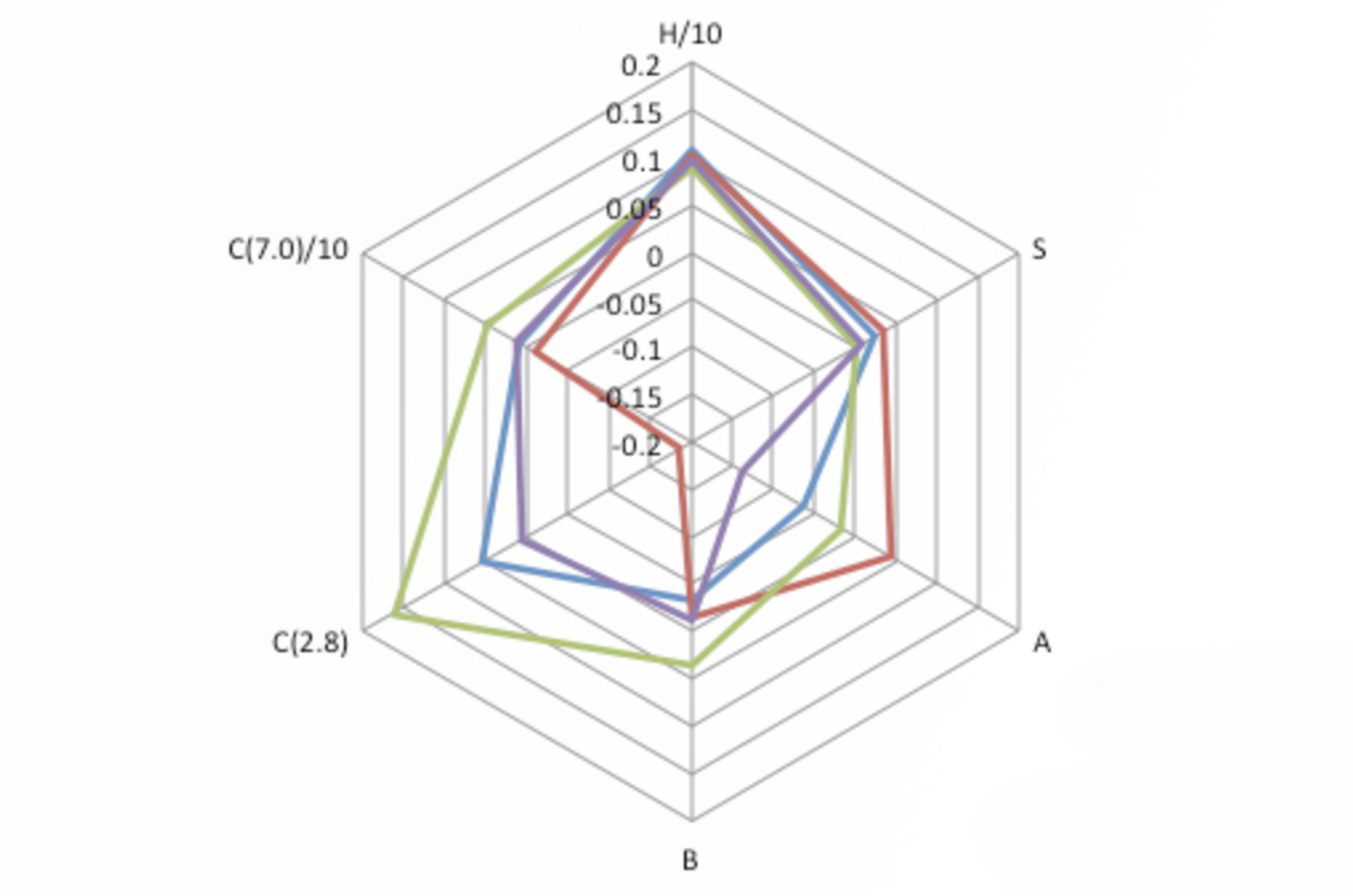
All HPLC C18s Are the Same Aren’t They?
It’s just a silica support with a C18 bonded on - surely there can’t be much difference between them? Wrong!
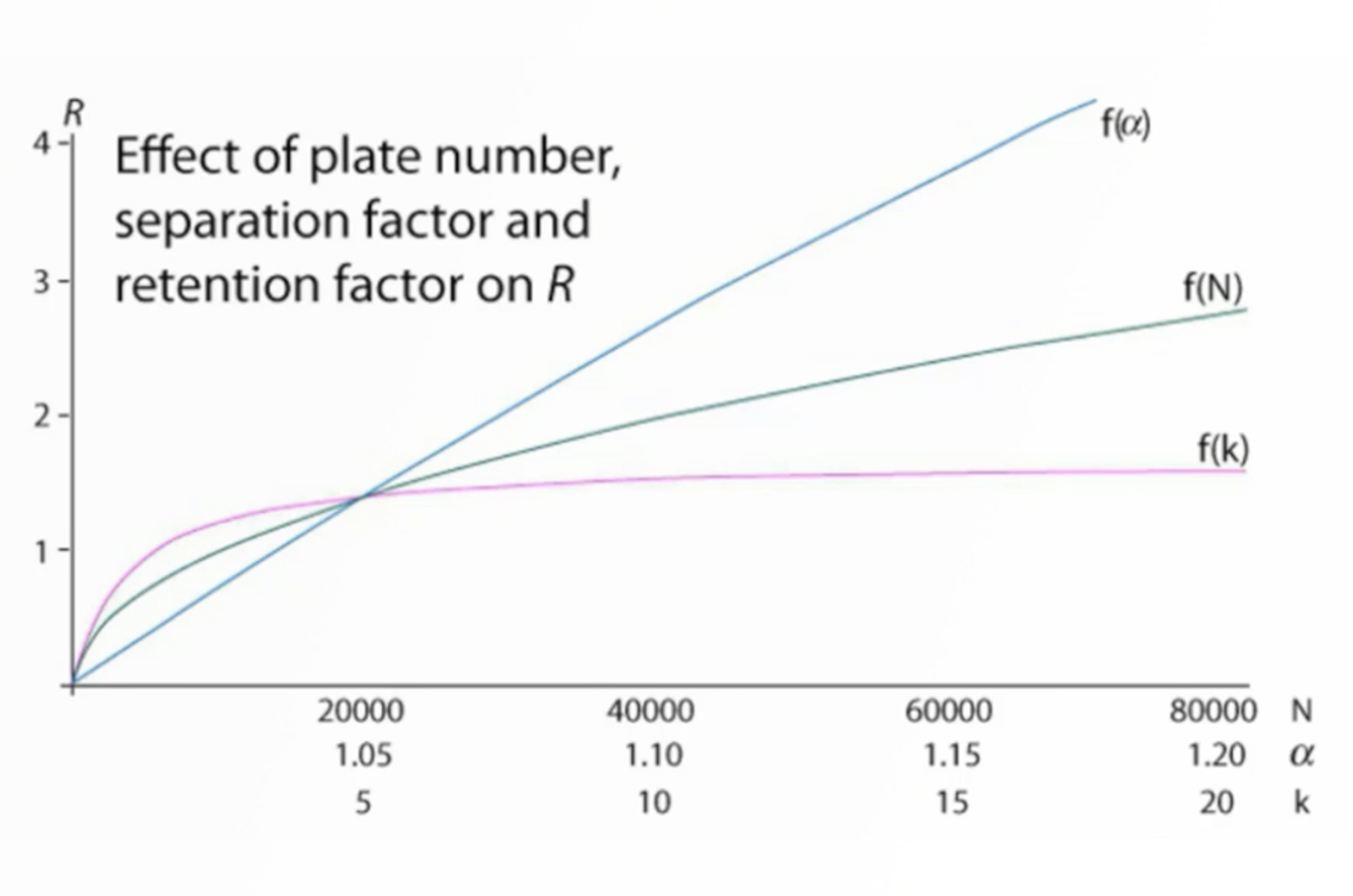
How to Select the Optimum HPLC Column
Here are the top tips to get column selection right every time! Selecting the correct HPLC column can greatly impact on chromatographic results and analysis speed. This webcast will allow you to understand how to select a stationary phase based on analyte chemistry, how particle morphology can be used to improve resolution, and how column dimensions can be altered to increase throughput.
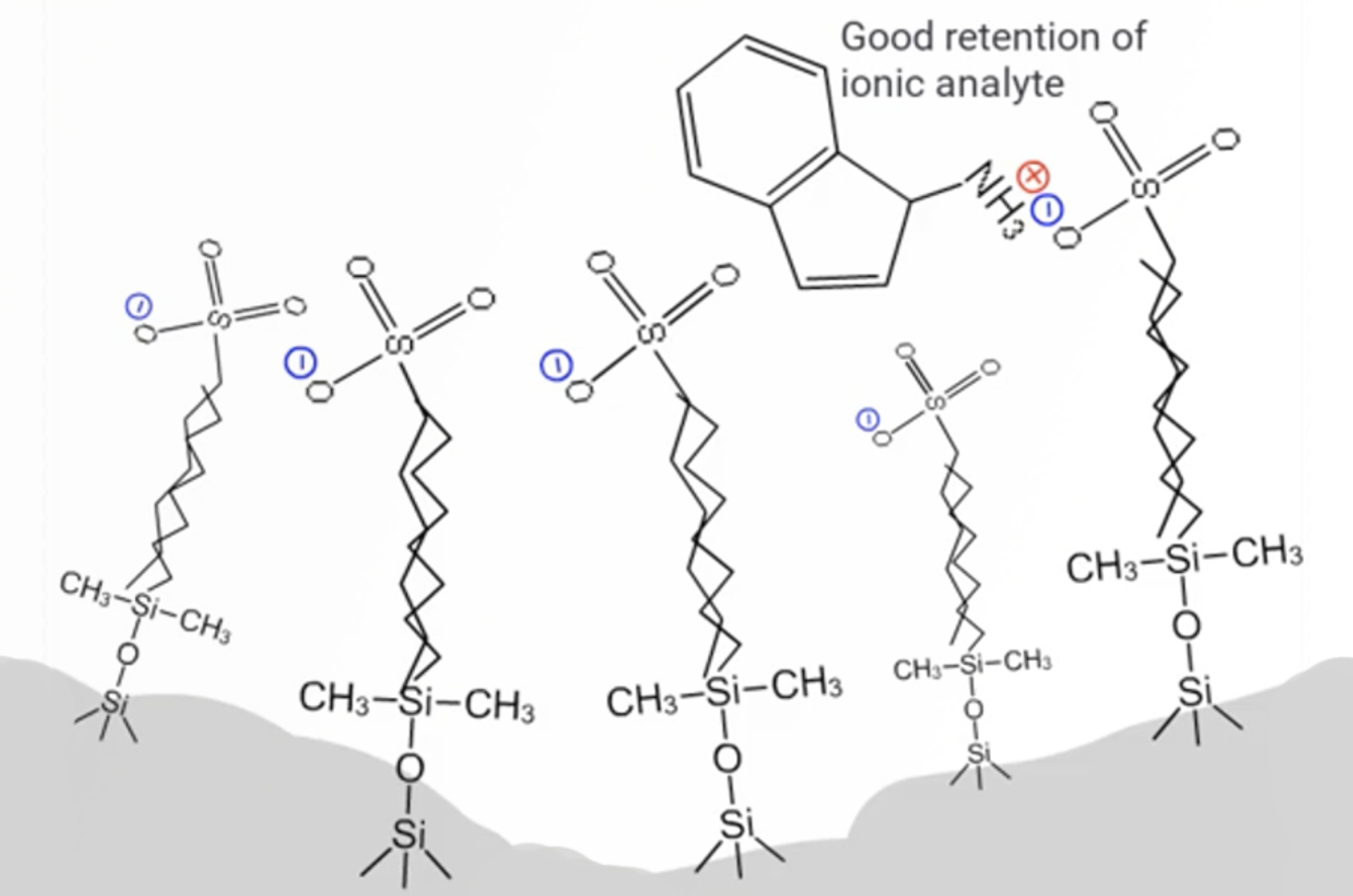
Critical Evaluation of HPLC Methods Webcast
This webcast will evaluate many of the aspects of the HPLC process giving you useful practical information on how to use these parameters to alter your HPLC method, resulting in better and more robust chromatography. There are numerous factors that affect the quality of your HPLC separation; including mobile phase composition, temperature, ionic strength, pH, column dimensions, stationary phase chemistry and support material characteristics. These can all be manipulated to change and improve your HPLC analyses.
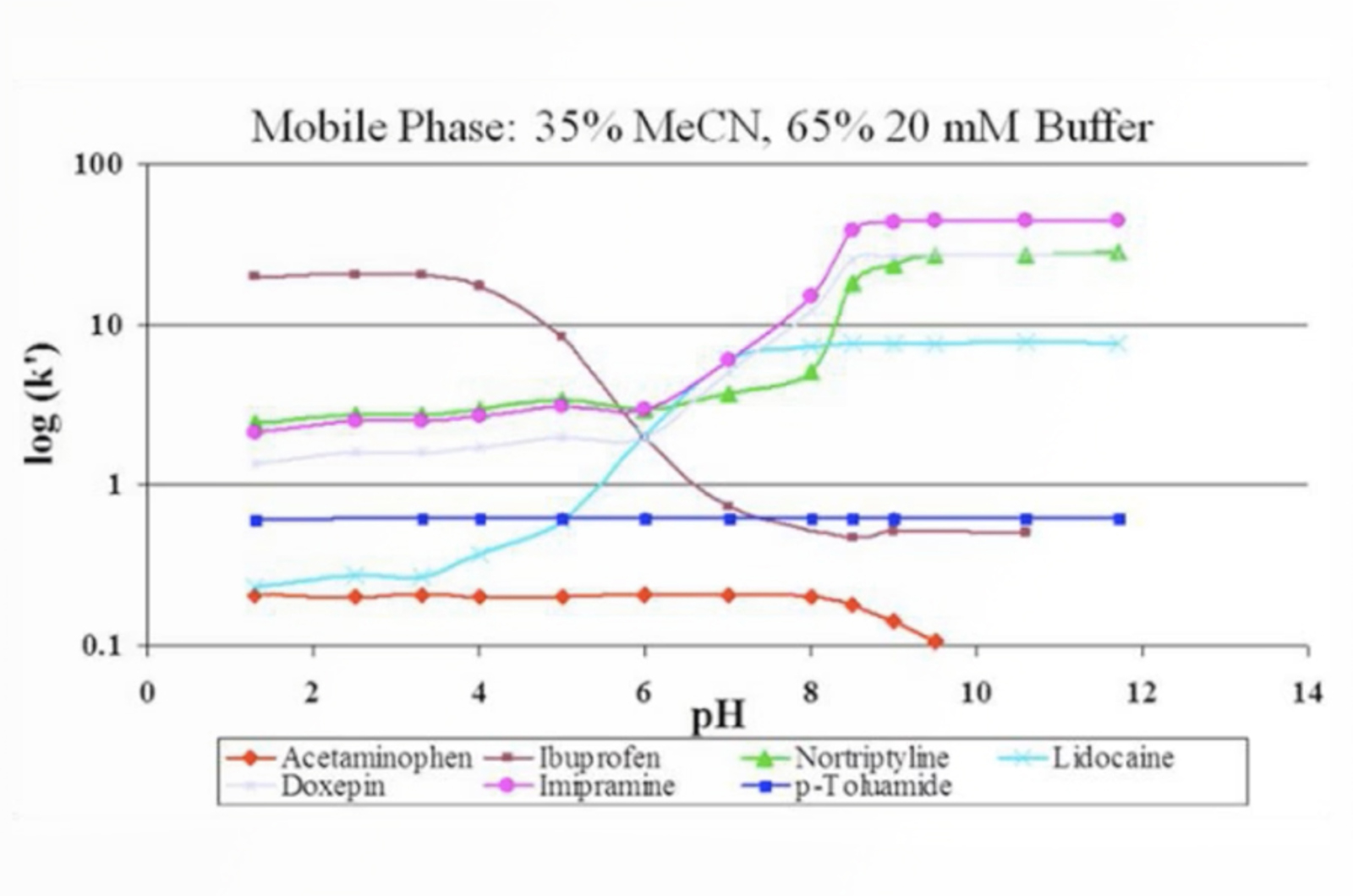
Critical Choices in HPLC – Selecting Column Stationary Phase and Dimensions
Join us for the following webcast on HPLC column selection in which we will look at the available column stationary phases and support materials (including conventional fully porous and core shell/superficially porous material), column dimensions and the effect that they can have on your chromatography, and how to optimize and improve your current chromatographic separations. This practical guide will give you the tools required to make an informed choice every time you develop a new HPLC method.
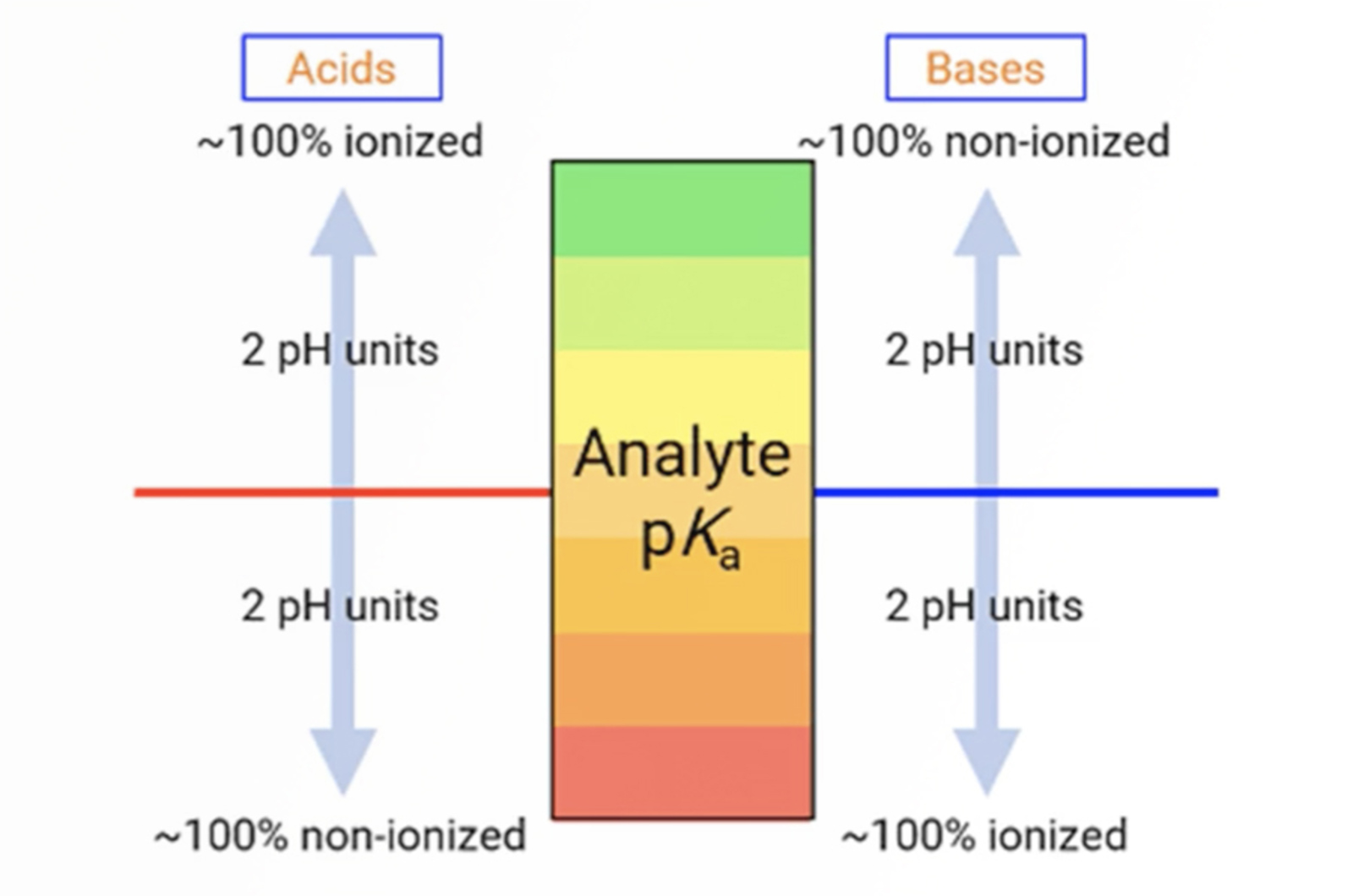
Mobile Phase Optimization Strategies for Reversed Phase HPLC
This webcast will look at strategies for optimizing mobile phase composition in order to achieve the required resolution in the minimum amount of time. This is, of course, the primary goal of everyone undertaking method development. The chemistry of the aqueous and organic portions of the mobile phase will be studied, and we will discuss how to use these components to affect retention and improve the selectivity and resolution within our separations.
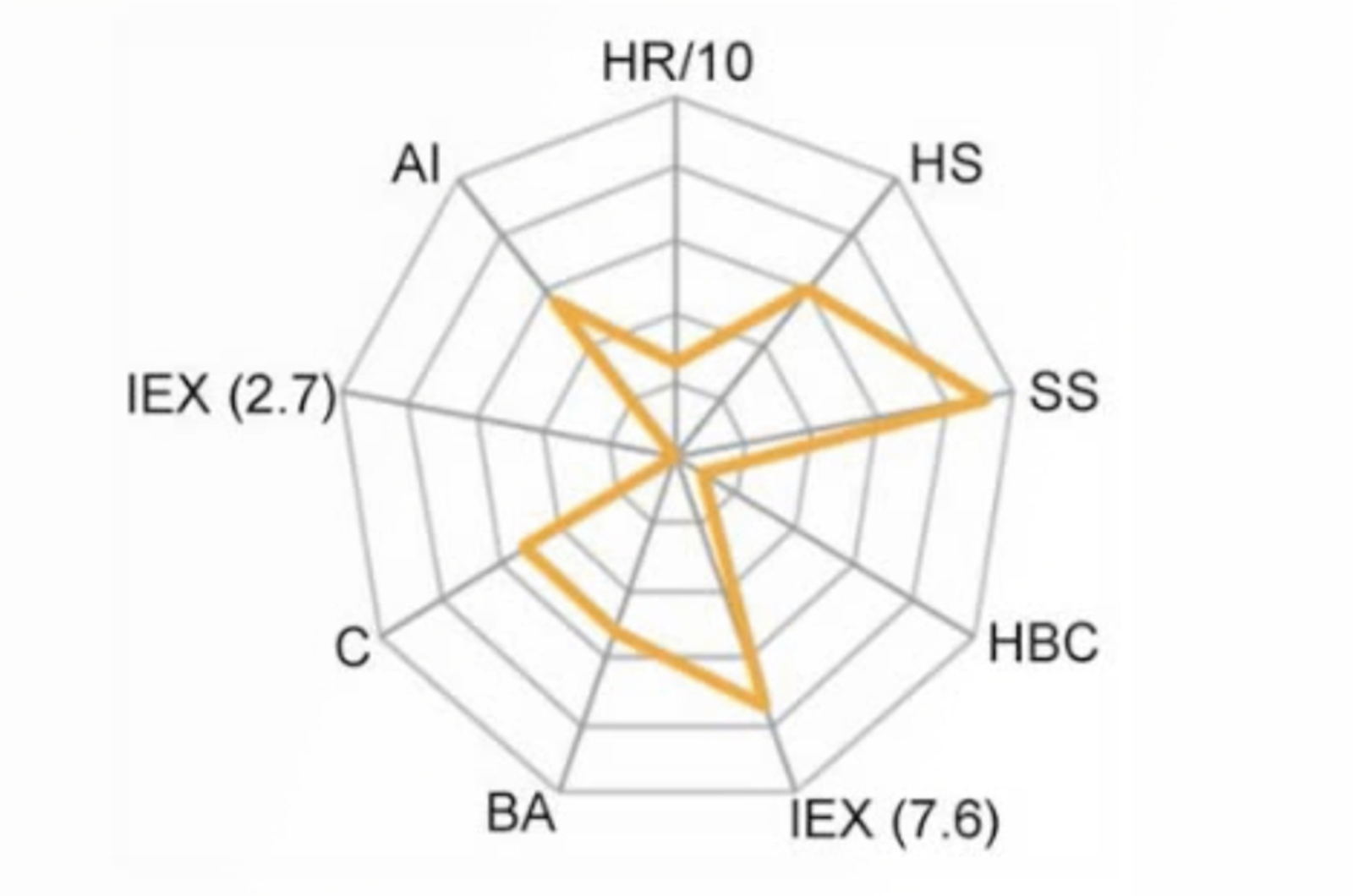
Understanding HPLC Column Characterization and Selection
This educational webcast will provide information on HPLC column characterization and selection for reversed phase separations. In this session, our speakers present a definitive guide to the advanced classification of HPLC stationary phases. We will consider the critical characteristics of HPLC supports and bonded phase ligands for reversed phase HPLC and the way in which these materials are classified in terms of the essential performance characteristics by column vendors and independent testing organizations alike. We will also discuss how classification results can be used to select columns for HPLC method development and the relationships between analyte and column characteristics.
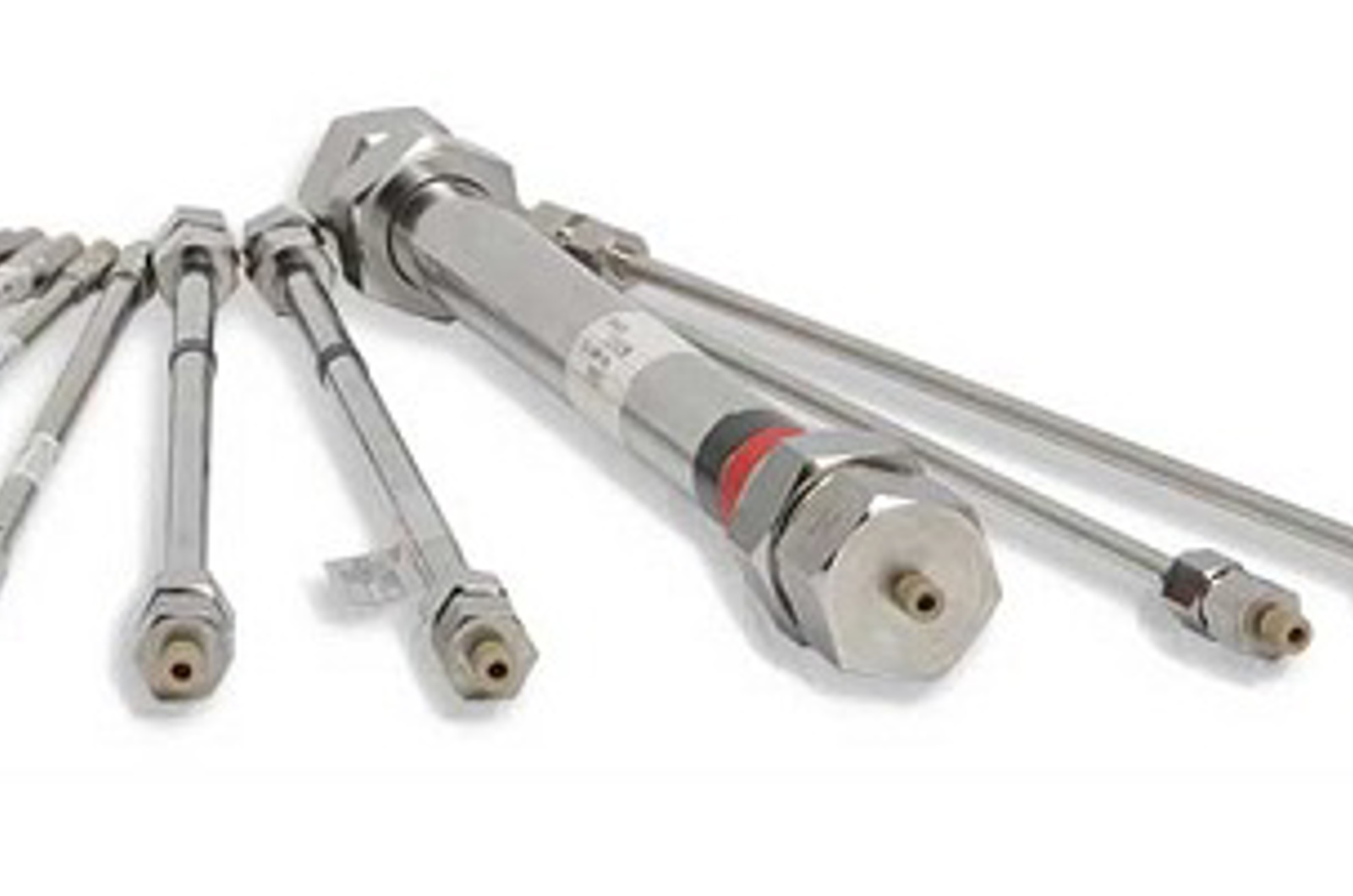
Top 10 Tips for Selecting HPLC Column Chemistry and Dimensions
The HPLC column is the heart of a separation. Understanding how to select a column based on analyte chemistry and the required application will set every method up for success. Therefore, in this webcast we will provide our top 10 tips for selecting HPLC columns. We will consider everything from analyte-stationary phase interactions, to solid support materials, and how column dimensions can impact separations; and everything in between!

Top 10 Tips for HILIC Method Development and Optimization
Unlock the full potential of HILIC with our expert-led webcast, "Top Ten Tips for HILIC Method Development and Optimization"! Whether you're refining your techniques or starting from scratch, this session will provide you with essential strategies to enhance reproducibility, boost sensitivity, and overcome common challenges.
